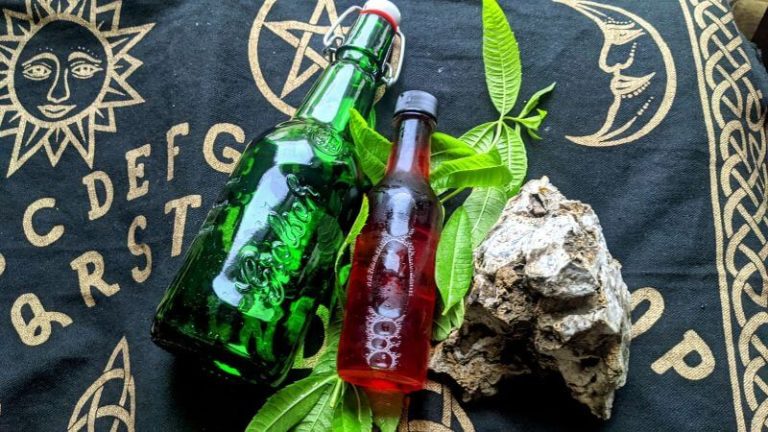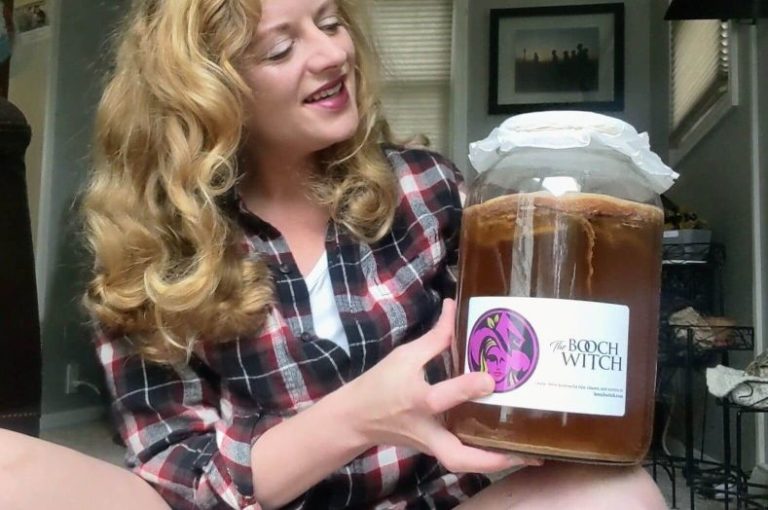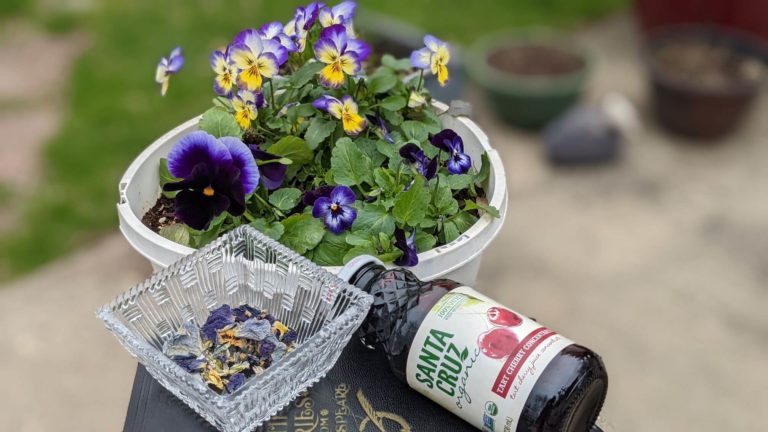Oh no. It is something every kombucha home-brewer fears: Mold ????
Scobys can get moldy for several reasons. This post discusses how your kombucha scoby can get infested with mold, what to do if you see mold, and how to avoid mold in the first place ????
Mold is Rare, Really
In my years of brewing kombucha at home, I have encountered two instances of mold on my scoby.
First: Kombucha fermentation area too close to dog food bag.
Second: Left my brew untended for months without a tight lid, which is appropriate for longer breaks.
Both instances were completely my fault and totally avoidable. When a healthy brewing routine is kept and the fermentation area clean is clean, kombucha brewers shouldn’t experience mold.
Help? Is this mold?
A kombucha scoby can turn different colors depending on the tea you feed it. Brewers will notice yeasty tentacles when a healthy scoby has been established.
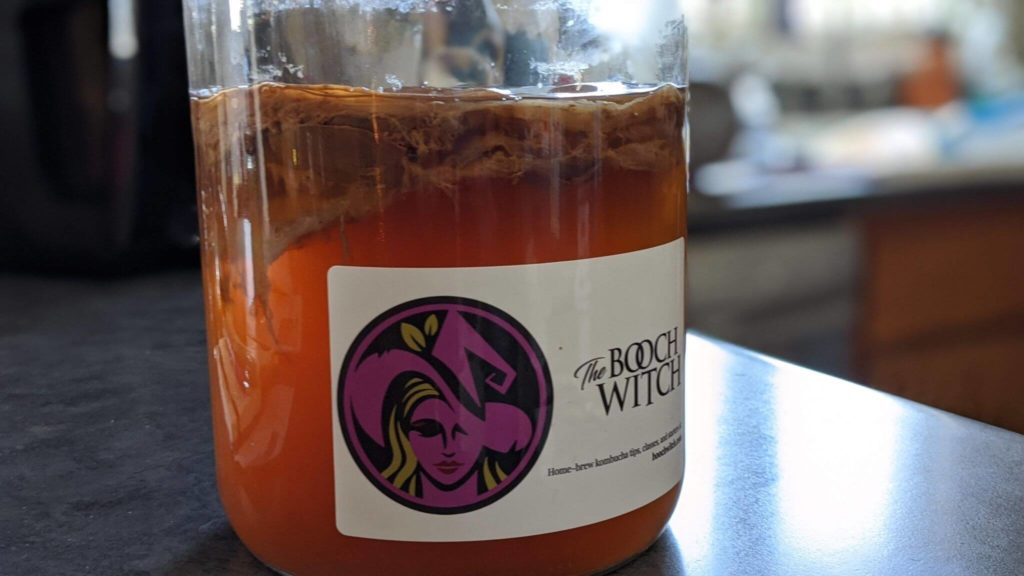
*New brewers, take note. When your scoby is establishing, it may look strange. Please send a picture to me before throwing anything out that you may consider mold. I’m happy to do my best to e-verify scoby growth for customers.
Examples of mold forming on top of a scoby:
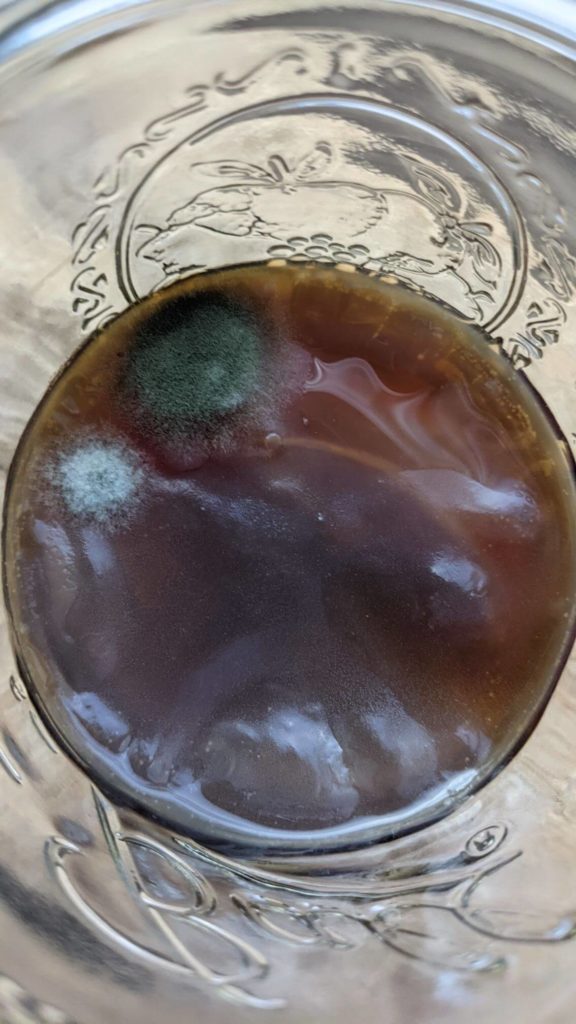
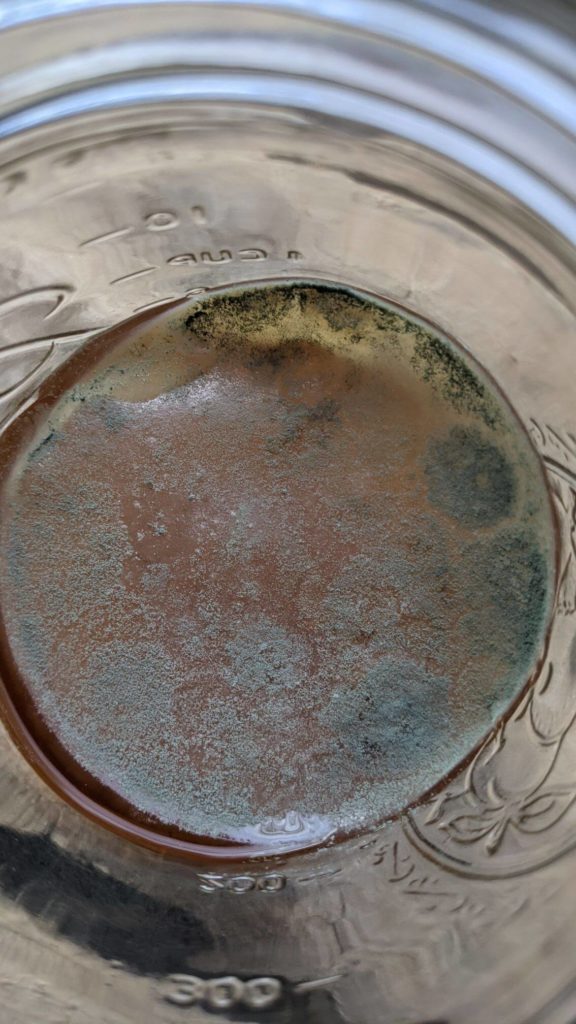
Mold can grow on the top of a scoby for various reasons, most of them involving a lack of specific cleanliness in the fermentation area.
Sometimes, mold can happen if a brewing space gets too chilly. Other causes for mold include cross-pollination from house plants or other ferments (like kimchi), cigarette smoke, excessive humidity, cold temperatures (this is why it is key to keep starter scobys room temperature until use).
Are you sure this isn’t mold?
Sometimes, especially if brewing with loose-leaf, our tea leaves will end up in the fermented tea. Sometimes, these tea leaves make their way to the top of our scoby. This is normal, and oftentimes can be confused with mold.
If you have a tea leaf on your scoby, take a clean stainless steel utensil (spoon, tongs…) and slosh the scoby around in your fermenting tea brew to dislodge the leaf.
It is Mold! What do I do?
If you see anything like the above, throw your scoby and entire batch out. Sanitize all of the instruments you use to make kombucha. Time to get another scoby set and start over. Heartbreaking, I know ????
It is important to throw out moldy, contaminated kombucha products. This type of mold is typically what we find on decaying bread or fruits. When mold is introduced to fermented tea, the kombucha will be dangerous to consume.
Let’s Avoid Mold in the First Place
If you’ve taken one of my classes, you’ve heard me state several times the importance of a clean, undisturbed area.
#1 Ensure your Space is Clean. Ensure your brewing, fermentation, and prep areas are always clean. Use a tight filter (coffee filters, two-ply) during the fermentation process – avoid muslin fabrics.
#2 Do Not Disturb. Make sure the brewing area is left alone, undisturbed, and free of occasional air debris (like opening up a dog/cat food bag regularly).
#3 Too Cold? If your area runs cold, or experiences drafts, use extra carpet squares and towels to warm up the area’s walls and floor.

